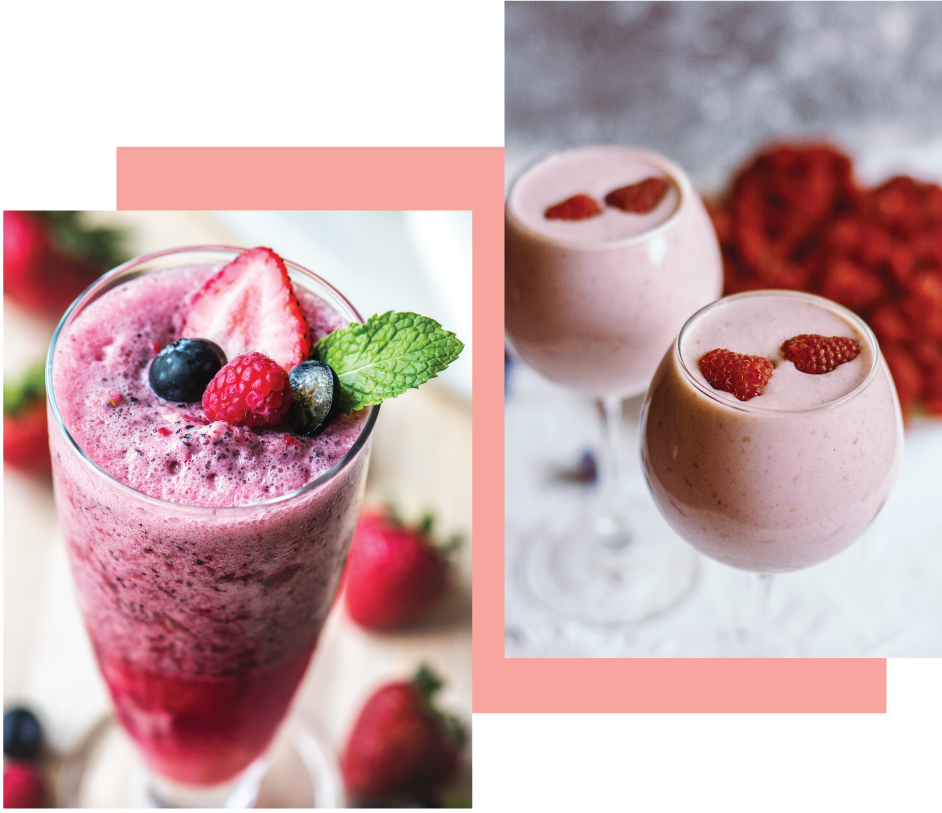Who Invented The Blender
Learning how the blender first came about is not one of those things you learn in school. Well, maybe cooking school, but learning how something so important was invented is always a small treat. The blender was invented in 1922 by Stephen Poplawski, who became the first person to put a spinning blade at the bottom of the small electric appliance to make Horlick’s malted milk shakes in drug stores.
When Fred Osius learned of this, he partnered with L.H. Hamilton and Chester Beach in 1910, when they formed the Hamilton Beach Manufacturing Company and became a household name for their small kitchen appliances.
In 1935, the small electrical appliance was improved by Fred Osius.

Fred Waring was always fascinated by little gadgets, even as he attended Pennsylvania State University as an engineering and architectural student. His first shot at fame was Fred Waring and the Pennsylvanians band, but it was the blender that made him renowned. As the financial and marketing source, Fred Waring was the man that pushed the blender into the marketplace, however, it was Fred Osius who invented and patented the blender in 1933. Fred Osius knew that Fred Waring was fond of new gadgets and with this knowledge, he talked his way into his dressing room in New York’s Vanderbilt Theatre after a live radio broadcast and pitched his idea to Fred Waring in hopes of receiving the much needed money to make the necessary improvements on the device.
Fred Waring began his one man marketing crusade for his blender while touring with his band. Starting with hotels to restaurants and soon moving on to the larger stores such as B. Altman’s and Bloomingdale’s.
The Waring Blender even became an important appliance in hospitals to prepare diets for patients and was also used by Dr. Jonas Salk while developing the vaccine for polio. In 1954, Waring sold the one millionth blender.
Even today, the Waring Blender is one of the most popular, dependable and most sought after blenders on the market.
Blenders vs Food Processors

The answer is the two are distinct different counter appliances, although there are some similarities and there are blender & food processor combination’s. The blender’s function is to blend or mix soft foods and liquids while the food processors main function is to chop, grate, mix, shred, or slice.
The kitchen blender has a more narrow shape bowl and the design of the blade make it more suitable for blending liquids and soft foods. Depending on the design of the blade and power, there are some kitchen blenders that can crush or shave ice into frozen drinks or your favorite blender recipes. My favorite blender recipe is cream of broccoli soup that I have included in this article.
The kitchen food processor has a wide work bowl and the food processors blade design is for chopping foods. The kitchen food processor can perform various other processing tasks for your favorite food processor recipes depending on the types of accessories that are included with the food processor.
My favorite food processor recipe is home made pizza dough that I have included in this article.Blenders work better with liquids while food processors work better with solid foods. Both the applances can perform similar tasks but the result may varyTake pureeing, both appliances are designed to puree easily and quickly. The difference is that the blender makes a smooth puree and the food processor makes a more chunky puree.
On the other hand, with a dry blade, both the blender and food processor will make bread crumbs or chopped nuts with very similar results.
Some popular brand names for blenders & food processors are:
Oyster, Kitchenaid, Cuisinart, Hamilton Beach, Braun, Black and Decker, General Electric, Bullet, Magimix, Sunbeam, Kenwood, Ninja.
The decision which brand to purchase is up to the individuals preference